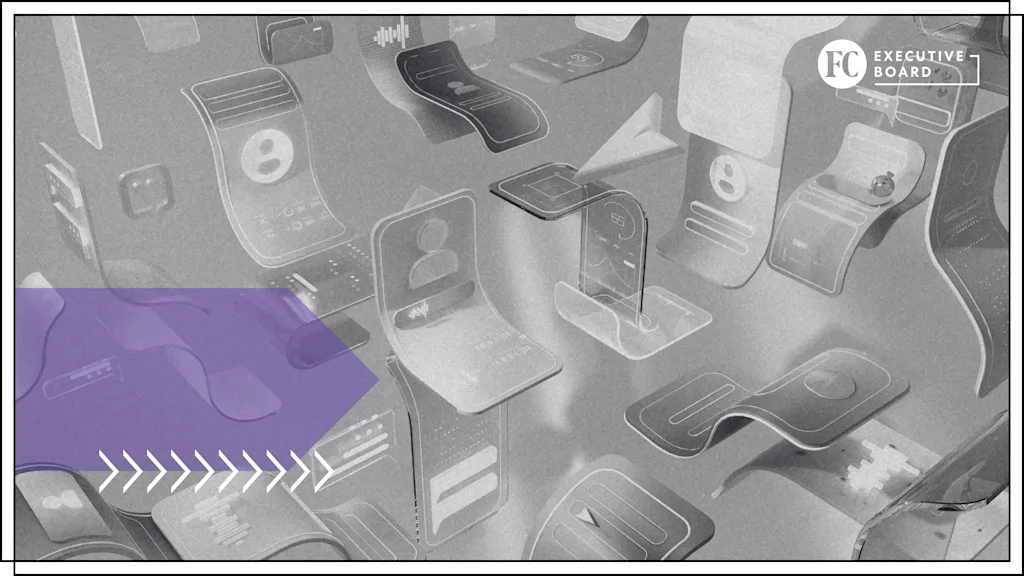
Every business leader knows how to track what can be seen: revenue, inventory, media spend, click-through rates. But what about the value your brand creates that doesn’t show up on spreadsheets? What it means to your customers?
I call this your emotional inventory—and in today’s saturated, algorithm-driven economy, it might be your most important and underutilized asset.
Emotional inventory is the collective memory, loyalty, trust, and nostalgia your brand builds over time. It’s not stored in a warehouse or displayed in your analytics dashboard—but it lives in the mind of every customer who feels something when they see your product, hear your name, or hold your packaging in their hands.
And yet, most companies never stop to measure it—let alone invest in it.
In a world of instant gratification and attention-chasing tactics, emotional memory has become the only true competitive advantage.
Visibility is fleeting. Trends vanish overnight. Features get copied. But a brand that makes people feel something lasting is a brand that endures.
EMOTIONAL DEPOSITS
In my 30 years working in beauty, fragrance, and cultural preservation, I’ve seen this firsthand. The most valuable brands aren’t always the biggest or fastest growing. They’re the ones that create emotional deposits—moments that stick, rituals that resonate, memories that never fade.
I’ve spent decades preserving fragrance history by collecting oversized perfume factices—ornate glass display bottles that once adorned department store counters. They held no fragrance, but they held emotion.
I’ve watched visitors cry in front of these bottles. They weren’t reacting to a marketing slogan or an influencer review. They were reacting to memory—one they didn’t even realize they’d stored. A scent they hadn’t smelled in decades. A bottle their mother once kept on a dresser.
That moment of recognition? That’s emotional inventory in action.
Now imagine if your brand could create that same feeling.
Subscribe to the Daily newsletter.Fast Company’s trending stories delivered to you every day
Privacy Policy
|
Fast Company Newsletters
HOW TO CREATE EMOTIONAL INVENTORY
Here are four strategies for building emotional inventory in your business:
1. Audit your emotional touchpoints
Evaluate every part of your customer journey—unboxing, customer support, packaging, tone of voice—and ask, “Where can we create delight, warmth, or wonder?”
2. Use sensory triggers to build brand recall
Sight, sound, touch, scent—these cues embed your brand deeper into memory. They’re subtle, but powerful.
3. Track qualitative signals in a “legacy ledger”
Don’t just measure clicks. Track stories, testimonials, repeat behavior, and emotional language in reviews. This builds your qualitative understanding of brand resonance.
4. Preserve moments that don’t scale
Not everything should be optimized or mass-produced. Keep something rare. Make something personal. Emotional value grows when something feels made just for you.
Anyone can buy attention. But you can’t buy memory.
You can’t force someone to care.
BRAND SURVIVAL
That’s why emotional inventory isn’t just about customer experience—it’s about brand survival. It determines whether your customer chooses you again. Whether they tell your story. Whether they defend you when things go wrong.
In an era driven by metrics, the smartest founders are learning to lead with meaning. Because when the product fades, what stays is how it made someone feel.
And that, in the end, is the real balance sheet.
Sudhir Gupta is founder and CEO of Eau de Luxe Ltd., and curator of the House of Facticerie.



